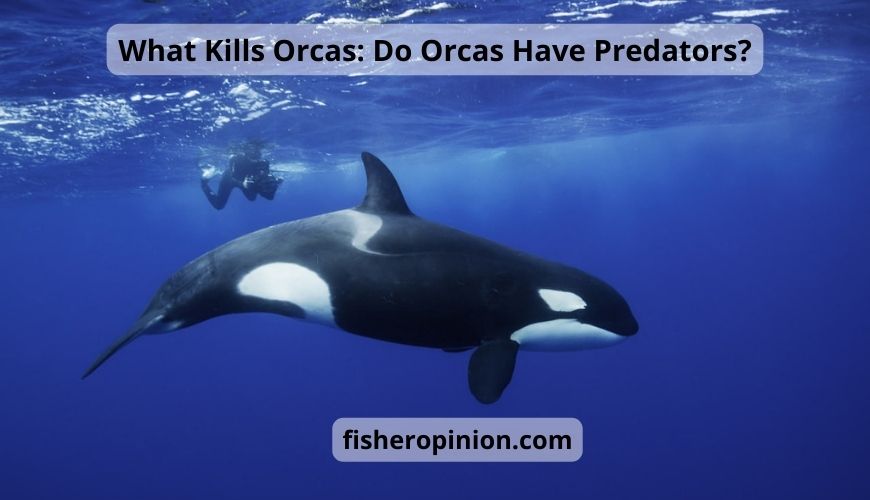In terms of relationship between apex predators and prey The killer whale is a predator at the top but isn’t believed to be a natural predator. What kills orcas? This is excluding the parasites and humans as well as illnesses, which could significantly impact the health of killer whales.
With no predators on their own They marine mammal species are able to hunt, and kill other ocean animals without fear of getting hunted down themselves. Similar to other dolphin species (killer whales are part of the dolphin family) They consume large whales and seafood, such as squid, fish, octopus the crustaceans and cephalopods.
But, in contrast to the other species of dolphins, killer whales hunt marine mammals like sea lions and seals sharks, penguins, as well as other cetaceans which includes dolphins and whales (killer whales eat the same other whales and dolphins) and porpoises. Although they are predators of nature and devour other living mammals killer whales are not seem to be to be interested orca attacks in devouring humans.
What kills orcas?
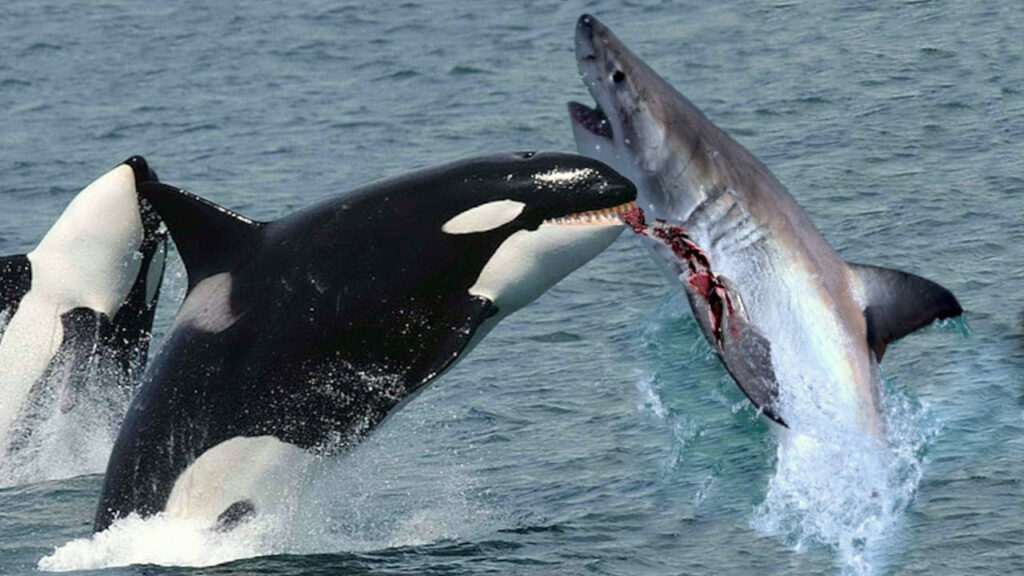
Actually, there is no evidence that a killer whale has eaten the body of a person. However, there are very few instances of individuals being attacked by wild animals however these attacks tend to be sporadic and, once the killer whale realized that it was not their usual food source the whales usually cease.
In the course of hunting These massive animals are often seen in groups or pods, employing targeted hunting techniques to catch and detach their prey, and reduce their risk of sustaining injury. When hunted by sharks many killer whales could try to frighten the shark. Alternatively, a killer whale sneaks in from underneath or behind the shark in order to hit the shark and then flip it upside down. When the shark flips over, it’s stunned and in a position to not attack and allows killer whales to strike their prey with any fear of attack by their prey.
If they are hunting agile and fast predators like dolphins, killer whales can work in a team to exhaust the dolphin until they can’t swim in a speed that allows them to escape. The animals have been seen in the sand or iceberg in the cover of stealth, before swiftly leaping from the water onto sand or an iceberg to be awestruck by their target and grab it in time before it reacts and flee.
Although other species are not hunting these marine creatures killer whales are conscious that a portion of their victims may attempt to protect themselves. This can result in permanent injury like injured fins, or the loss of a sight. Due to this, killer whales are extremely cautious and meticulous about their hunt techniques to ensure their highest success rate while also ensuring their safety.
A key factor in making killer whales such effective predators and defenses is their close-knit groups or packs they are in. They seldom separated from other animals. Killer whales tend to be very familial If one killer whale does successfully catch its prey, it’s meal is usually divided among close family members as well as close friends. As with human beings, the connections between killer whales and humans can be a lifelong bond.
This close bond allows killer whales to collaborate in their foraging activities and safeguard themselves from possible dangers from sharks as well marine predators as other marine mammals that could be able to fight back against attacks.
What does an orca look like?
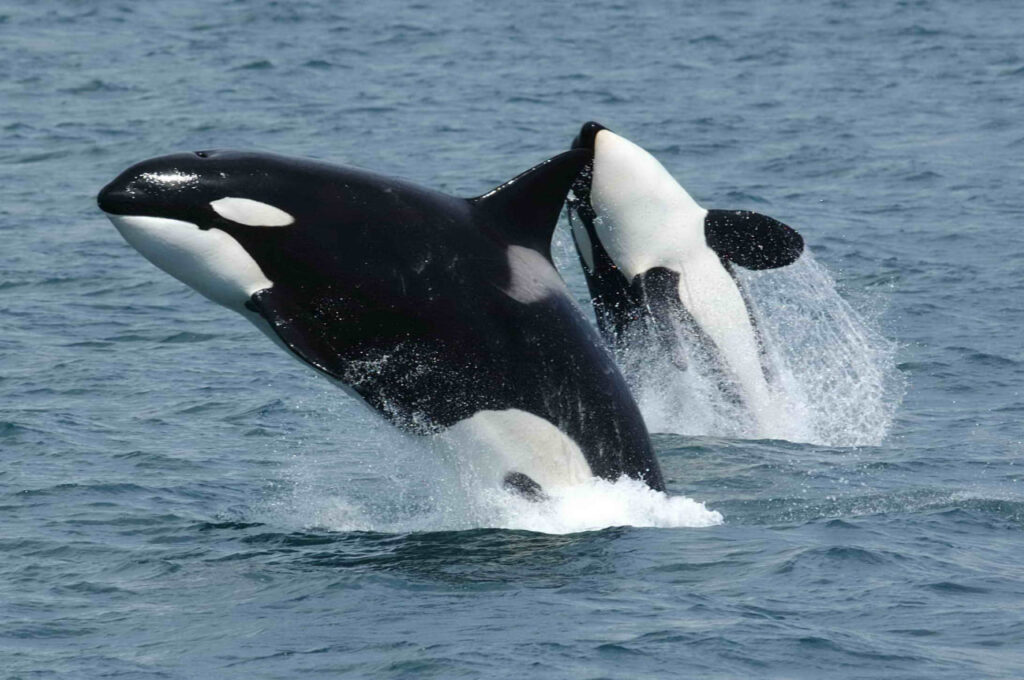
Orcas possess a distinct look, with a huge black body with a submerged white surface, white patch on top and below the eyes, called a saddle patch’ that is behind dorsal fin.
Are orcas dolphins or whales?
Although they’re referred to as killer whales in reality, orcas are part of the dolphin family Delphinidae. They are the sole species of the genus of Delphinidae, however the closest cousins transient orcas are dolphins from Australia as well as South East Asia like the Irrawaddy dolphin.
“Recent studies have shed new light on the hunting strategies of orcas, revealing intricate behaviors previously undocumented. A 2023 study by the Marine Mammal Research Consortium found that orcas in the Arctic have adapted unique hunting techniques to cope with the diminishing ice cover, a direct impact of climate change. These findings underscore the remarkable adaptability of orcas but also highlight the urgent need for conservation efforts.”
Why are orcas sometimes called killer whales?
It is unclear the origins of killer whales and where they got their names from. There is a theory that they were known as “killers of whales” by whalers of the past. The name was changed into “killer whales” over time.
The Latin designation for the orca or called killer whales or killer whale is Orcinus orca. Orcinus means “of the kingdom of the dead” which is likely taken from the Roman God Orcus, the god of the Underworld Orcus which refers to the notorious orca’s hunting reputation.
How much does an orca weigh?
An infant orca can weigh more than an automobile at around 180kg. They’re also 2-3m in length. A male adult is able to weigh 8600kg, and can grow to up to 10m in length. An adult female could weigh around 5400kg. They can reach 9m long.
Where do orcas live?
Orcas reside in every ocean and span across the Arctic up to the Antarctic as well as living in tropical waters between. Although their numbers have drastically decreased, orcas are not present in areas like the Black Sea and the Baltic Sea and several areas in their habitat in the Arctic Ocean.
What do orcas eat?

Orcas can be separated into two distinct ecotypes (a distinct type or race of an animal species that is located in an area of). North pacific residents wild orca are fish-eaters and their transient cousins eat the majority of marine mammals like. Orcas living in the waters around New Zealand have even been reported to feed on sharks and Rays.
Do orcas eat dolphins?
Orcas can eat other types of dolphin, however they’re more difficult to catch as prey than other species due to the fact that they swim at such a speed. When they are in a chase that is fast there is a lot of difficulty for killer whales to let its mouth open due to the force it exerts upon its jaw’s lower part So, when orcas hunt they usually smash dolphins into them to stun the prey before they go to take them out.
How fast can orca swim?
Due to their dimensions and strength, orcas can be extremely swift swimmers. They’ve been recorded as speeding as high as 54 km/h (33mph).
Defense measures
Although the killer whale is an apex predator does not mean all other species can rest and go away.
Indeed, a variety of species are able to fight back and defend themselves natural predators and their family members.
As an example female sperm whales may are threatened by hungry killer whales that want to take their young youngsters away to eat.
To safeguard their kids To protect their young, female sperm whales could make a ring around the child. They use their flukes to shoot all predators that might try to break into the circle.
According to some reports, the power the flukes of their swarms can produce is enough to hurt a predator severely and can even prove fatal.
Sharks can also engage in a battle in the event of being bitten and should they have the chance, they may try to snag the predator, and then throw trash between them to wound and hurt predators.
However that, only a tiny percentage of shark species is known to hunt large prey, and create a strong defence.
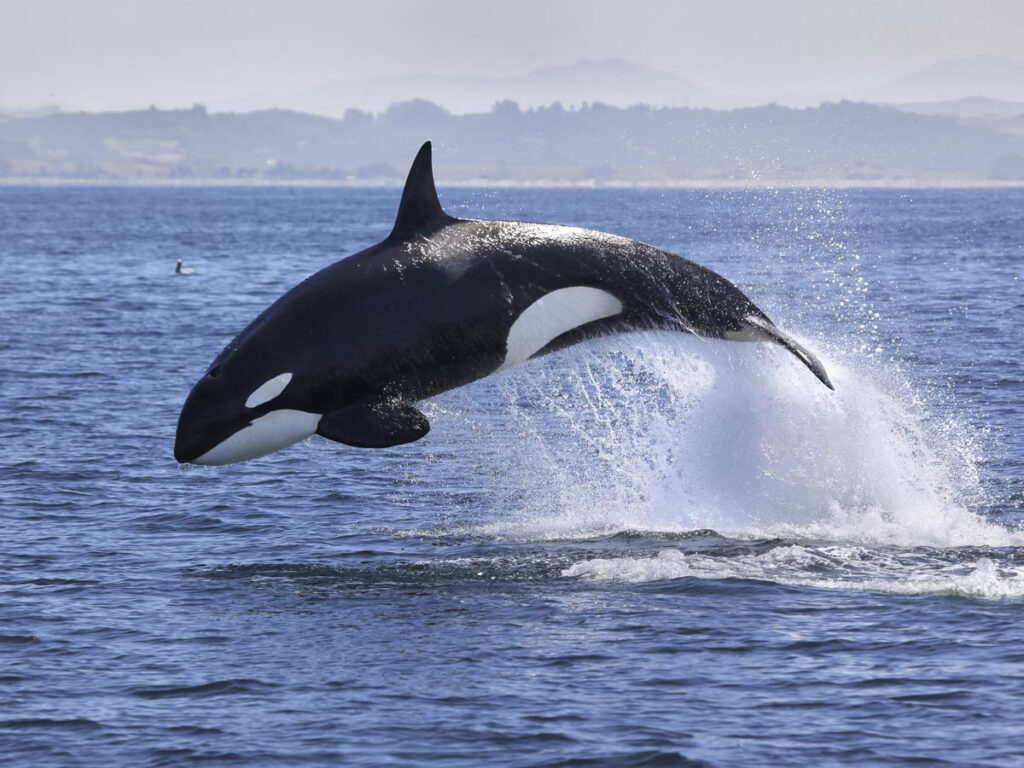
Non-traditional predators
In the past, it was stated that the killer whale does not face daily threats in the same way that other marine animals face threats.
They are however not immune to attack and could be injured, sick or even killed by hazards like human beings or parasites. They can also be killed by diseases, disease, and even humans.
Humans
If it is injured by human beings the killer whale may be impacted directly or indirectly, and also in a deliberate or accidental manner, based upon the circumstances and needs of those affected.
Intentional threats could be:
- Overfishing
- Equipment for fishing
- Wastewater contamination and water
- Oil spills
- Noise pollution
- Strikes at ship/boats
Intentional/deliberate threats may include:
- Hunting that is illegal
- Capture without permission for research
- Live capture of aquariums for certain parts of the globe
Unintentional Threats
Intentionally-created threats like overfishing could cause major problems in killer whale populations which depend on a specific diet (particularly fish) to survive.
Competing with commercial fishermen in the pursuit of fish as well as other sources of food could force killer whale pods to move or even face the threat of the prospect of starvation.
Alongside the overfishing threat killer whale pods can be damaged by fishing equipment that is used and removed, like fishing nets (intended for fishing) as well as fishing lines.
A collision between a boat or vessels can also result in serious injury to local populations of killer whales particularly in areas that are highly commercialized.
Other dangers include the contamination of hazardous chemicals and waste and oil spills from huge oil refineries or ships as well as noise pollution caused by explosives, loud aircrafts Sonar, explosives, and other equipment that is noisy.
In the case of the issue of noise pollution, it’s thought that the loud sounds of humans may affect killer whales’ ability to use echolocation. It could also cause hemorrhaging in the brain.
In extreme cases, it can lead to the stranding of a beach and also Decompression sickness (Dysbarism) that is not as common among marine mammals, however it is possible in the event of rising in a hurry.
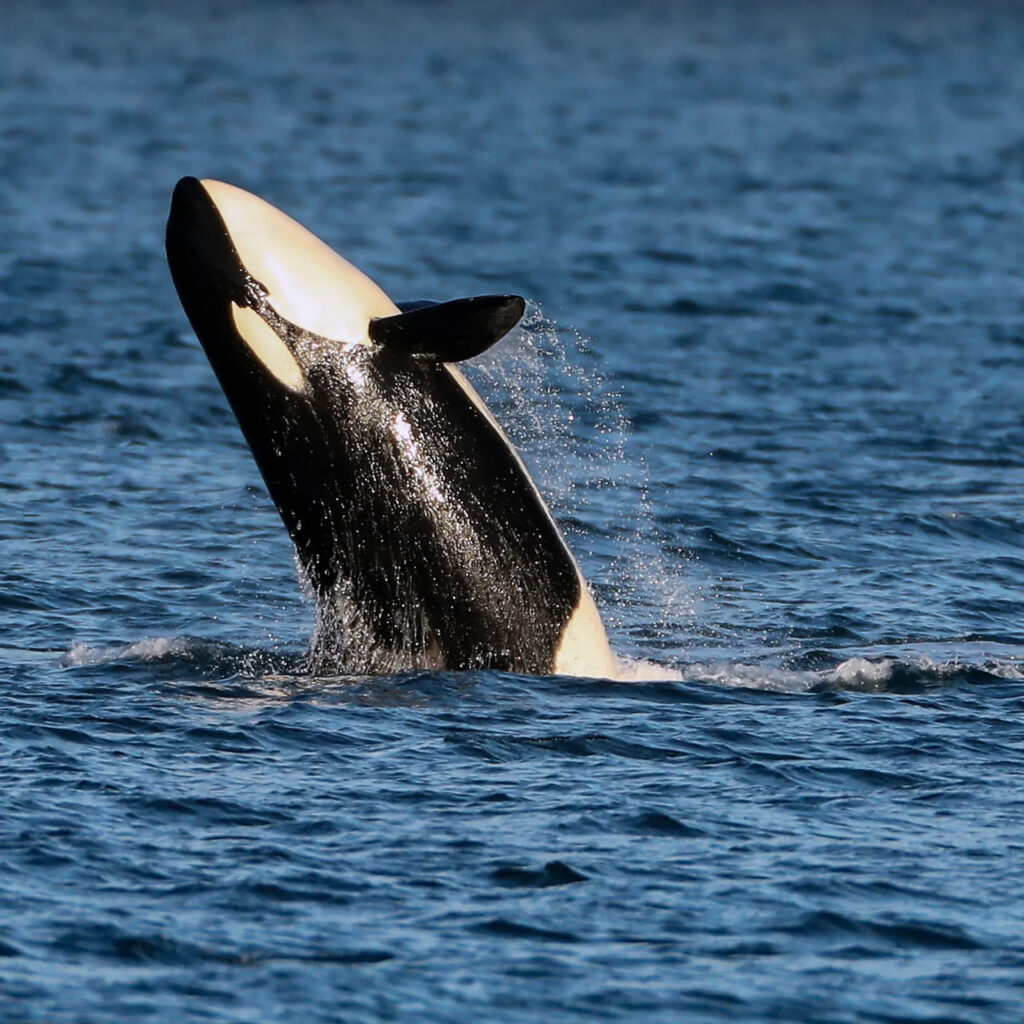
Intentional Threats
Threats to the marine environment that are intentional, such as illegal hunting, illegal research capture, or live captures for aquarium displays are among top of the food causes known to could be a factor in killing whales.
While these are situations do exist but they are rarer in killer whales compared to other dolphin species or whales.
Actually, illegal hunting like hunting for a scavenger is less prevalent among killer whales compared to huge baleen whales as well as certain dolphin species since they are both more difficult to catch and profitable financially.
In the case of other species, whales as well as other dolphins are hunted to get their meat. Depending on the region, could be offered at a premium in specific restaurants or shops.
The meat of dolphins can also be located in canned tuna along with other fish-related items to serve as a substitute for tuna.
While these other threats may be less significant to killer whales than overfishing and pollution/contamination, they can still affect certain killer whale populations/pods with the added effect of being an intentional act.
Parasites
Concerning parasites and parasites, they do not have any effect on healthy killer whales.
But, injured or sick killer whales could be degraded or afflicted by parasites which live in their body.
Roundworms, flukes, and tapeworms have been seen eating killer whales and fungal and bacterial diseases.
Disease
Just like all animals killer whales are susceptible to challenges from infections and bacterial diseases which can cause serious consequences in their long-term health.
In certain instances the diseases could cause deaths.
Killer whales have been spotted in the presence of a variety of diseases and medical problems, such as Hodgkin’s disease and heart disease and skin conditions and stomach ulcers. They also have cancers, and respiratory diseases.
There are reports that killer whales suffering from West Nile virus and St. Louis Encephalitis have been documented.
Incredibly, these instances are only seen by captive killer whales, indicating the fact that their immune systems are weaker might have caused their death.
FAQ
What animal can kill a orca?
Are Orcs become prey? Orca are the biggest predators, which means they are in the upper tier on the food chain, and they’re not natural predators. The killing of whales is because blue whale calves is an extremely powerful and strong animal but they are not attempting to fight their size.
What is the biggest threat to orcas?
This includes insufficient prey, destruction of vessels and pollution. South resident distinct populace segment (PDS) is not on the list of threats. Southern Orcas residents Orcas do not have information available in IUCN Red lists.
What is the main cause of death in orcas?
The illness and parasitic organism can cause deaths in whales as well as other species. There was evidence that killer whales suffer from atherosclerosis as well as stranded whales have an coronary artery.

